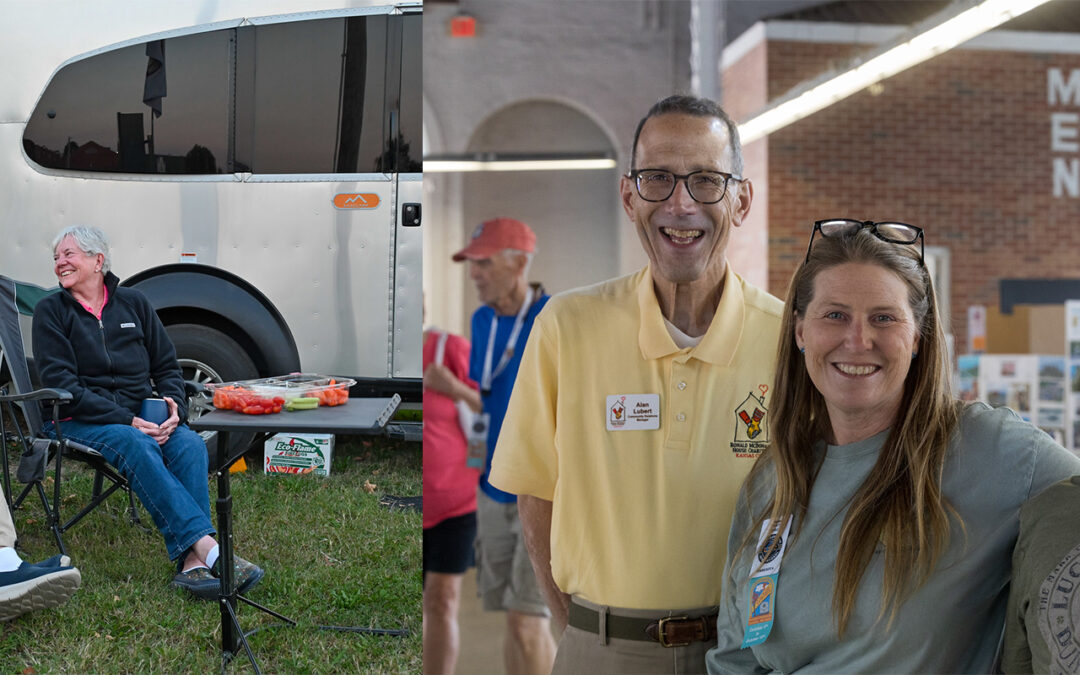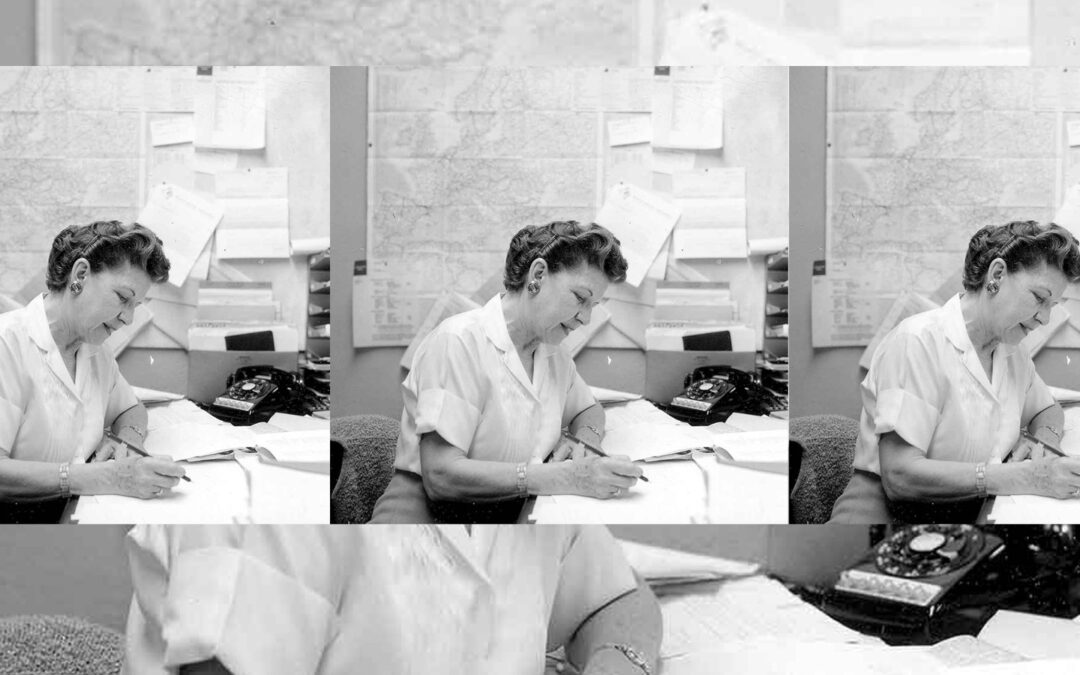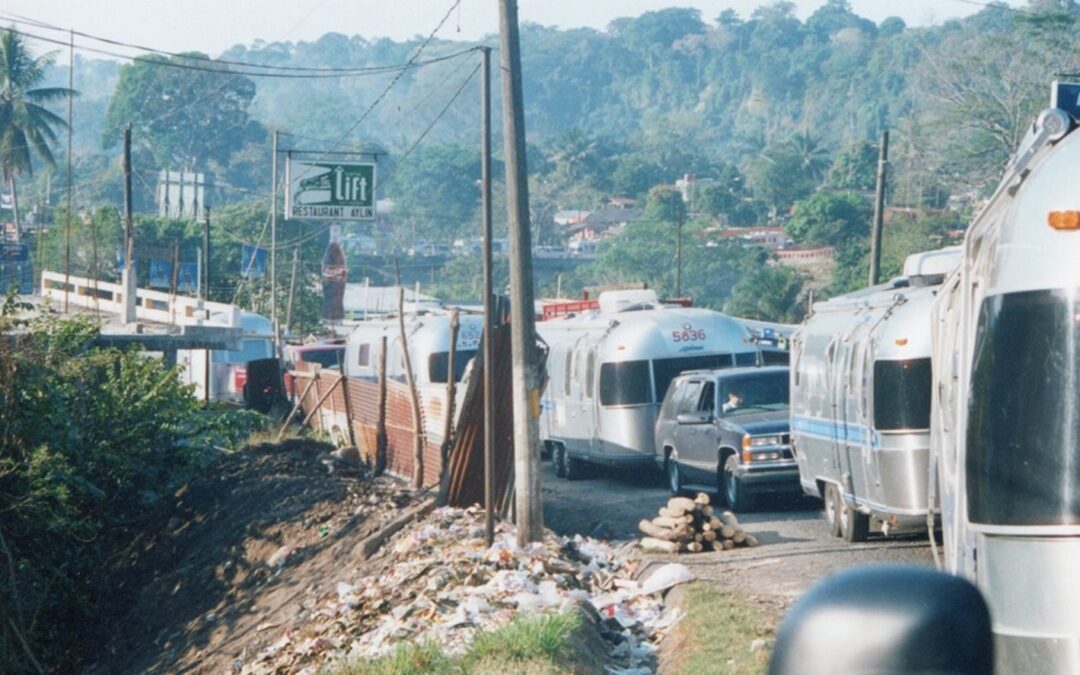By Kristy Yonyon, Marketing & Communications Manager
In the U.S., the second Monday of each October is honored as Indigenous People’s Day. In my little hometown of Wapakoneta, Ohio – there’s a whole lot of history that’s interesting to chat about over a campfire.
I’m talking about going way back to the original Native American landowners. The Miami tribe was first in our area, then the Shawnee. The main vein street out of town is called Blackhoof, named after the Shawnee chief who led the tribe to try getting along with the white man instead of fighting to keep their village intact as they knew it. The British gave them weapons to fight back. All said, by 1831, the Native Americans were forced out of the area.
I’m fortunate to live along the Auglaize River, and I like to let my mind drift to what some of the Shawnees saw along the riverbank. Wapakoneta is derived from the Shawnee word, ““Wa·po’kanite”, meaning “The Place of White Bones.” That little fact came to me from my fourth-grade son’s history club lesson, and it got me researching just what bones we are talking about here.
Turns out, back in the early 1800s, the Native Americans likely came across mastodon bones. Now that got my other son, who is six, really excited. When I told him a mastodon was 14 feet tall with 12-inch tusks, he asked if we could go out back and try to dig some up. No luck striking a white bone, but my family did have fun playing a game of Yard Yahtzee: made for us by a neighbor out of a tin pail, 3” wooden blocks and a laminated scoring sheet.
October is the perfect time to reflect on the original people who inhabited the lands where we live or travel. Your research will inevitably bring you to one tribe or another of Native Americans who were all resourceful in their ways: folks who grew, cooked and preserved their own food and viewed the land in a much more natural state than we experience today.
Today, it’s harvest season in a big way in the Midwest: farmers taking off bean and corn row crops and just last night, I was gifted about 8 quarts of homemade applesauce from my dad. All this abundance from the land is a large reason why I moved back home after living 20 years in the city. That, plus I love camping and found a really fitting job in the area that keeps me at the intersection of passion and purpose.
I drive about 25 minutes to and from work each weekday, looking over this beautiful countryside that the Miami and Shawnee once called home. Just about two weeks after the fall equinox, and everything from what’s growing in the fields and front yards to the woods beyond is turning oranges and burnt reds. It’s not at all hard to come across a few roadside pumpkin stands.
There are morning drives when the fog sits heavy on the fields, and I keep two hands on the wheel, watchful for white-tailed deer (it’s bow season now!). In late afternoons, oftentimes the big autumn sunshine makes me look forward to my commute home like a mini road trip.
All these breathtaking fall sights, by the way, lend a reminder of the splendor in store for us for next fall’s trip to our International Rally in another Midwestern state that will be brimming with color: Missouri. At the time I’m writing this, we have more than 800 campsites reserved, with space for another 600-ish yet to sign up.
So before I sign off, I wish each of you an enjoyable fall season, full of good food, good people, fun games and interesting campfire stories (hey, what do you know, these are all things you’ll find at an Airstream Club Rally!)
I plan to spend some time being especially thankful for the land that I’ve settled on and continue to steward while also acknowledging the people who were originally here.
My blog was inspired by the recent Potlatch Rally, hosted by ACI’s Washington Airstream Club and held at the Washington Land Yacht Harbor (WLYH). WLYH sits on the traditional territory of the Nisqually Indian Tribe. The tribe name translates to “People of the Grass” and their Potlatch tradition means “Gift Giving Feast.
You can read more about the amazing mix of food (salmon for 250!), adventure (Mt. Ranier!), mutual culture of gift-giving (this year’s Potlatch Rally raised donations for the youth activities on the Nisqually Reservation) and camping (this National Event Rally was revived after a 10-year hiatus) here.
Check back on our Events Page after the new year to find registration open for the 2024 Potlatch National Event Rally.
In the meantime, you can research the native landowners where you live or camp using the link here.
PICTURE THIS:
If you’re ever visiting the Mothership, definitely swing by your Club Headquarters to say hi. Also maybe fit a trip to Wapakoneta onto your agenda, where you’ll find the free-of-charge Temple of Tolerance (pictured above) located at 203 Wood Street.
The Temple of Tolerance features lots of rocks (amidst many other obscurities) excavated from our local and surrounding lands.
EDITOR’S NOTE:
Also, Oct. 9 is Canadian Thanksgiving. The dates used to bounce around, but in 1957 the Canadian government officially declared that the holiday would land on the second Monday in October.
From Almanac.com:
The tradition of Thanksgiving originated with the harvest festival—an autumnal celebration meant to show appreciation for the season’s bountiful harvest. However, Canadian Thanksgiving was initially less about celebrating the harvest and more about thanking God for keeping early explorers safe as they ventured into the New World.
In that sense of “thanks-giving,” the earliest report of such a dinner dates back to 1578 when English explorer Martin Frobisher and his crew held a special meal to thank God for granting them safe passage through northern North America into what is today the Canadian Territory of Nunavut.
The first Thanksgiving after the Canadian Confederation didn’t happen until April 1872, when the holiday was observed to celebrate the recovery of the Prince of Wales from a severe illness.
Today, the tradition of Thanksgiving has come full circle, and it’s primarily seen as a time to gather the family, mark the start of autumn, and celebrate the harvest and good food of the season. We wish all of our Canadian members a Happy Thanksgiving!




